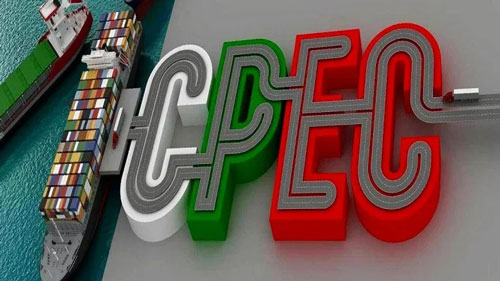“China’s CPEC has dragged Pakistan into a quagmire of debt,” recently, such a cliché has flooded with Western media discourse, one more time, making someone question this flagship project under the Belt and Road framework. Statistic from the newest KTrade Securities Limited (KASB) report showed that Pakistan’s external public debt was recorded at USD 84.1 billion at end June 2023, according to report published by Gwadar Pro on Thursday. The report stated that External Debt to GDP ratio grew from 16.65 percent in FY17 to 26.02 percent by FY23, resulting in higher USD denominated debt burden. One of the primary reasons for Pakistan’s external borrowing has been the necessity to bridge the trade deficit, import essential goods, and fund significant infrastructure projects. However, can CPEC be accused of being a “debt trap” for Pakistan? To assess debt sustainability of a country, the general benchmark for emerging countries is 70 percent for the debt to GDP ratio. Pakistan’s debt to GDP ratio stood at 72 percent in FY23, slightly above the recommended benchmark. Moreover, its interest to GDP ratio stood at 6.9 percent while interest to revenue stood at 61 percent in FY23.










